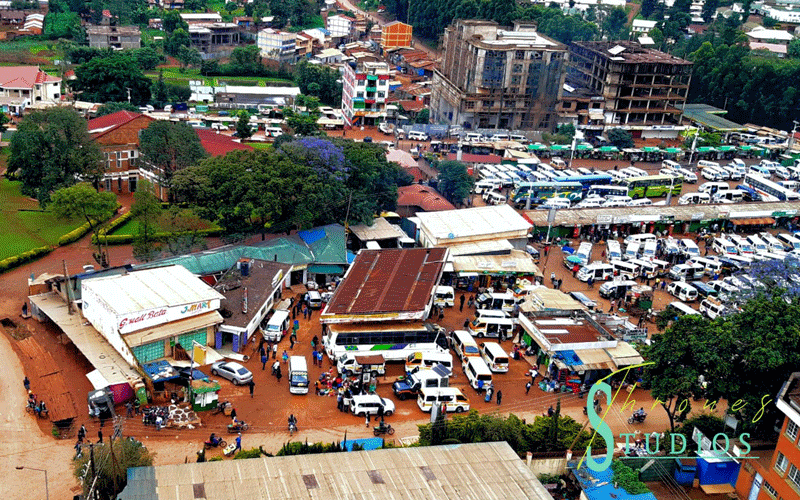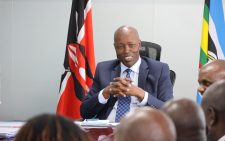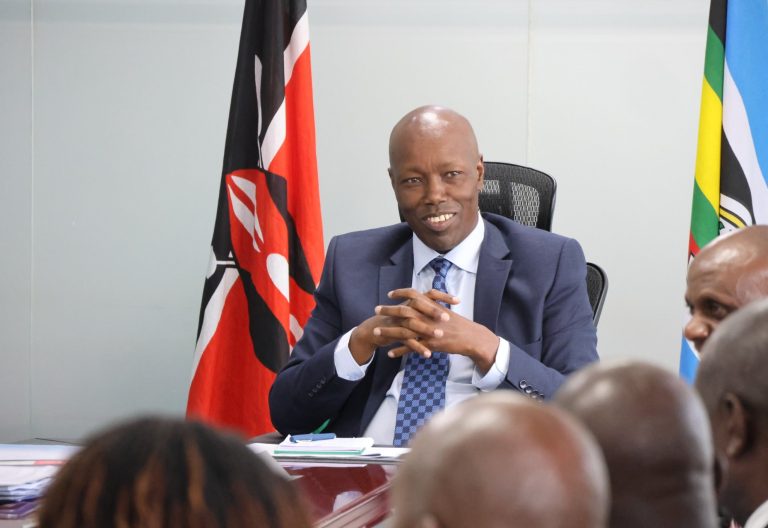How Kisii has grown in leaps and bounds

As Kisii county hosts the 11th Mashujaa Day celebrations today, the devolved unit has made strides in strengthening various sectors since the advent of devolution in 2013.
The region has grown in leaps and bounds since independence, courtesy of a fairly enterprising population, fertile soils and adequate and reliable rainfall.
Residents grow tea, coffee, pyrethrum, maize, indigenous vegetables, horticultural crops, rear dairy animals, chicken and engage in small-scale businesses to earn some money.
According to the Kenya Bureau of Statistics (KBS), the county has a population of 1.2 million, according to the last census, is densely populated with 1,000 people residing in one kilometre square, more than the 600 recommended by the United Nations.
The population provides labour, which contributes in promoting its economy through consumption of goods and services.
It is also home of special soapstone, the rare stone found in Tabaka and Sameta in South Mugirango and Bobasi constituencies.
The devolved unit has 45 electoral wards and 69 ward representatives.
Of these, 45 are elected members while 24 are nominated. The Assembly has only one elected female MCA; the Machoge Bassi Ward Rep Rose Orondo.
It is worth noting the Gusii community has never elected female leaders, forcing political parties to nominate women in a bid to meet the two thirds-gender rule.
Constituencies include Bomachoge Chache, Bomachoge Borabu, Kitutu Chache South, Kitutu Chache North, Bobasi, Bonchari, South Mugirango, Nyaribari Chache and Nyaribari Masaba.
Kisii Town, the headquarters of the county, was developed by Indians, Arabs and British colonialists in the 19th century. It is one of the fastest growing towns in the Nyanza region.
Traders from Western Kenya, Uganda and Tanzania flock the town to sell and buy goods, making it a regional hub in Western region and beyond.
Local leaders boast of a modern town with some state-of the-art facilities.
Governor James Ongwae says, for instance, the town has a huge vecular and human traffic.
The governor says the Central Bank of Kenya ( CBK) has set up a clearing house in Kisii to handle 60 per cent of the money that circulates in the Nyanza region
Value addition
In terms of business, Moses Borura, the chairman of Kisii branch of the Chamber of Commerce and Industry says the town has modern markets, such as Daraja Mbili, the second largest in the region after Kibuye in Kisumu.
The town boasts of 24 branches of commercial banks, 14 universities, 16 insurance companies and has a potential of value addition in bananas and avocado industries.
The town also hosts the region’s Ethics and Anti-Corruption Commission and Immigration offices, which have brought services closer to residents.
In the past, residents could spend lots of money and time travelling to Kisumu to seek the services including acquisition of passports and other documents, but now access the services in the town and has eased their suffering.
Gusii Stadium has been upgraded due to the joint effort of the national and county governments and already, a State lodge has been completed ahead of today’s festivities.
The county has upgraded several health facilities including Kisii Level Six Teaching and Referral Hospital, which serves residents in Nyanza and some parts of northern Tanzania.
Mashujaa Day is a Kiswahili word, meaning Heroes Day. It is celebrated on October 20 every year.
Initially, it was celebrated as Kenyatta Day before the 2010 Constitution.
Kenyatta Day was named after Kenya’s founding Father Jomo Kenyatta, who was arrested on October 20, 1952 alongside other freedom fighters- Paul Ngei, Achieng Oneko, Bildad Kaggia, Fred Kubai, and Kung’u Karumba and detained at Kapenguria.
The ‘Kapenguria six’ were accused of being members of Mau Mau Society, a movement which opposed British colonial rule and agitated for the country’s independence.
Honour Kenyans
Kenyatta Day was first celebrated in 1958 by activists and after the country attained independence in 1963, it was gazetted as a public holiday before it was renamed Mashujaa Day after the country adopted and promulgated the August 2010 Constitution.
Mashujaa Day is meant to honour Kenyans who contributed towards the struggle for independence and those who have contributed greatly in various fields ranging from sports, business, education, innovation and leadership, among others.
Kisii county was to host Madaraka Day celebrations on June 1, but it was halted after Covid-19 broke out and the government banned public gatherings and instituted measures on social distancing, wearing masks, and washing hands, sanitising to curb the spread of the virus.
The President held the celebration virtually and it was beamed through huge screens across the country to accord Kenyans a chance to celebrate it.










